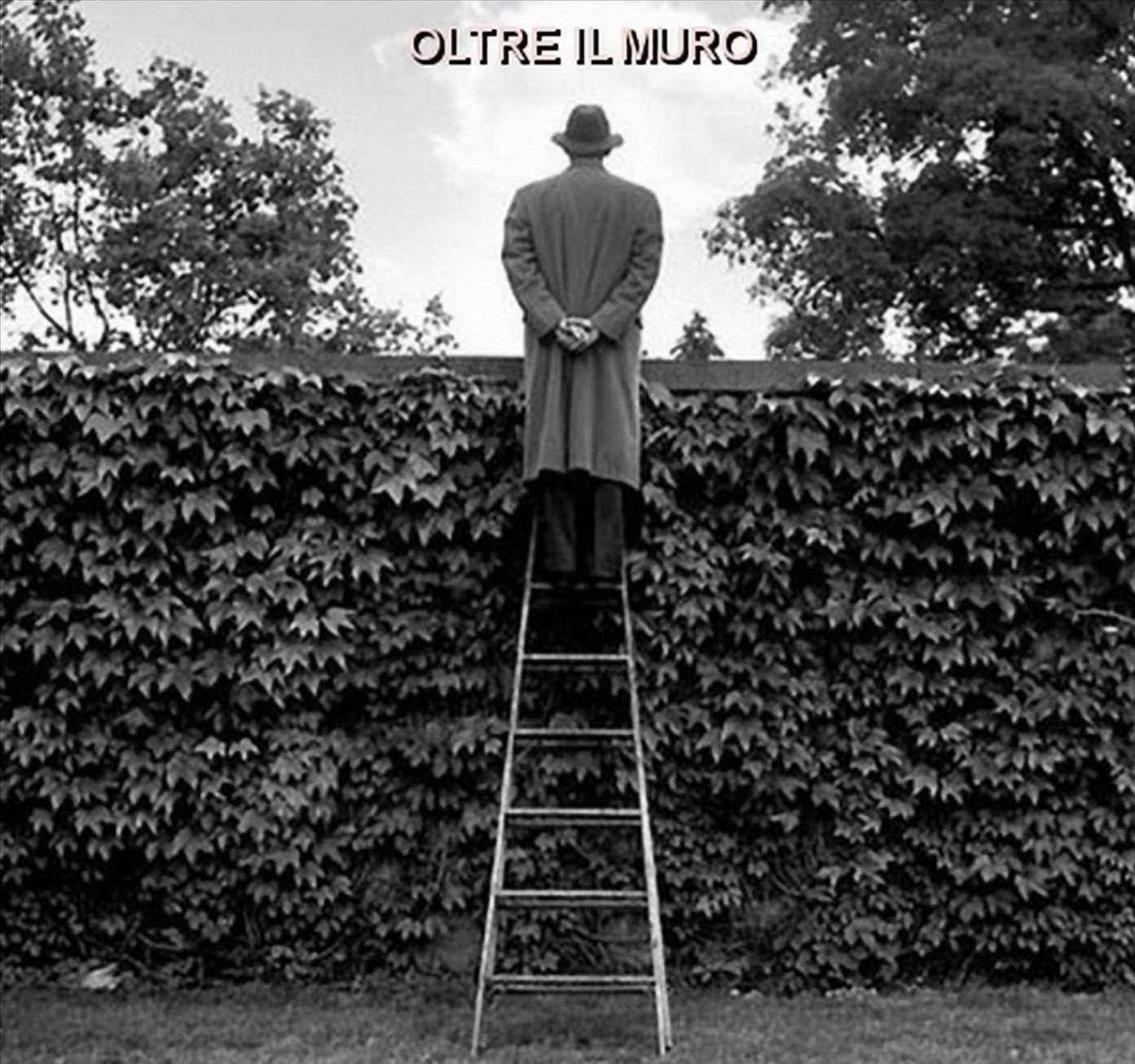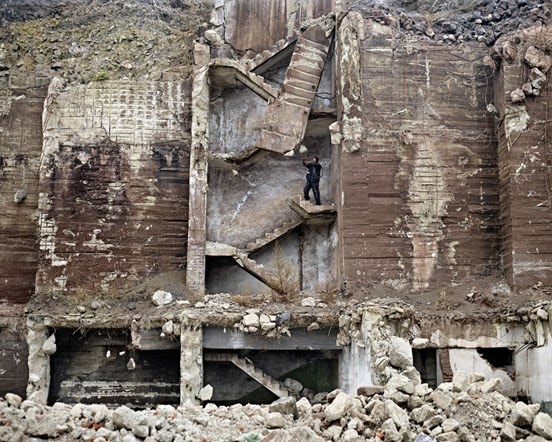“The flow of
people in a setting, their changing relationships to each other and their
environment, and their constantly changing expressions and movements - all
combine to create dynamic situations that provide the photographer with
limitless choices of when to push the button. By choosing a precise ”
Biography
Constantine
Manos was born in Columbia, South Carolina, U.S.A., of Greek immigrant parents.
His photographic career began in the school camera club at the age of thirteen,
and within several years he was a working professional. He graduated from the
University of South Carolina with a B.A. in English Literature. At the age of
nineteen he was hired as the official photographer of the Boston Symphony
Orchestra at its summer festival at Tanglewood.
Upon completion of his military service, he moved to New York, where he worked for Esquire, Life, and Look. His book, Portrait of a Symphony, a documentary of the Boston Symphony Orchestra, was published in 1961. From 1961 to 1963 he lived in Greece, where he made the photographs for his book A Greek Portfolio, first published in 1972. The book won awards at Arles and at the Leipzig Book Fair, and exhibitions of the work took place at the Bibllothéque Nationale in Paris and the Art Institute of Chicago. In 1963 Manos joined Magnum Photos.
Returning from Greece, Manos settled in Boston and completed many assignments for Time-Life books, including their book on Athens. In 1974 he was the chief photographer for Where's Boston?, a multimedia production that documented the city and provided the photographs for his book Bostonians.
Manos's photographs are in the permanent collections of the Museum of Modern Art, New York; the Museum of Fine Arts, Boston; the Art Institute of Chicago; the Bibliothéque Nationale, Paris; George Eastman House, Rochester, NY; the Museum of Fine Arts, Houston; and the Benaki Museum, Athens. In 2003 Manos was awarded the Leica Medal of Excellence for his pictures from American Color.
Images from Manos's ongoing work in color first appeared in his book American Color, published in 1995. Th work continued in American Color 2, published in 2010. A new edition of A Greek Portfolio was published in 1999, accompanied by an exhibition at the Benaki Museum in Athens. In 2013 an exhibition commemorating the 50th anniversary of the making of the photographs for the book, including eighty unpublished pictures, was held at the Benaki.
As of 2014, he is currently working on a major retrospective book and exhibition that will include unpublished photographs dating from the start of his career.
Upon completion of his military service, he moved to New York, where he worked for Esquire, Life, and Look. His book, Portrait of a Symphony, a documentary of the Boston Symphony Orchestra, was published in 1961. From 1961 to 1963 he lived in Greece, where he made the photographs for his book A Greek Portfolio, first published in 1972. The book won awards at Arles and at the Leipzig Book Fair, and exhibitions of the work took place at the Bibllothéque Nationale in Paris and the Art Institute of Chicago. In 1963 Manos joined Magnum Photos.
Returning from Greece, Manos settled in Boston and completed many assignments for Time-Life books, including their book on Athens. In 1974 he was the chief photographer for Where's Boston?, a multimedia production that documented the city and provided the photographs for his book Bostonians.
Manos's photographs are in the permanent collections of the Museum of Modern Art, New York; the Museum of Fine Arts, Boston; the Art Institute of Chicago; the Bibliothéque Nationale, Paris; George Eastman House, Rochester, NY; the Museum of Fine Arts, Houston; and the Benaki Museum, Athens. In 2003 Manos was awarded the Leica Medal of Excellence for his pictures from American Color.
Images from Manos's ongoing work in color first appeared in his book American Color, published in 1995. Th work continued in American Color 2, published in 2010. A new edition of A Greek Portfolio was published in 1999, accompanied by an exhibition at the Benaki Museum in Athens. In 2013 an exhibition commemorating the 50th anniversary of the making of the photographs for the book, including eighty unpublished pictures, was held at the Benaki.
As of 2014, he is currently working on a major retrospective book and exhibition that will include unpublished photographs dating from the start of his career.
All images © Constantine Manos
















_0017.jpg)



































.jpg)

,+2012.jpeg)

.jpg)




.jpg)







